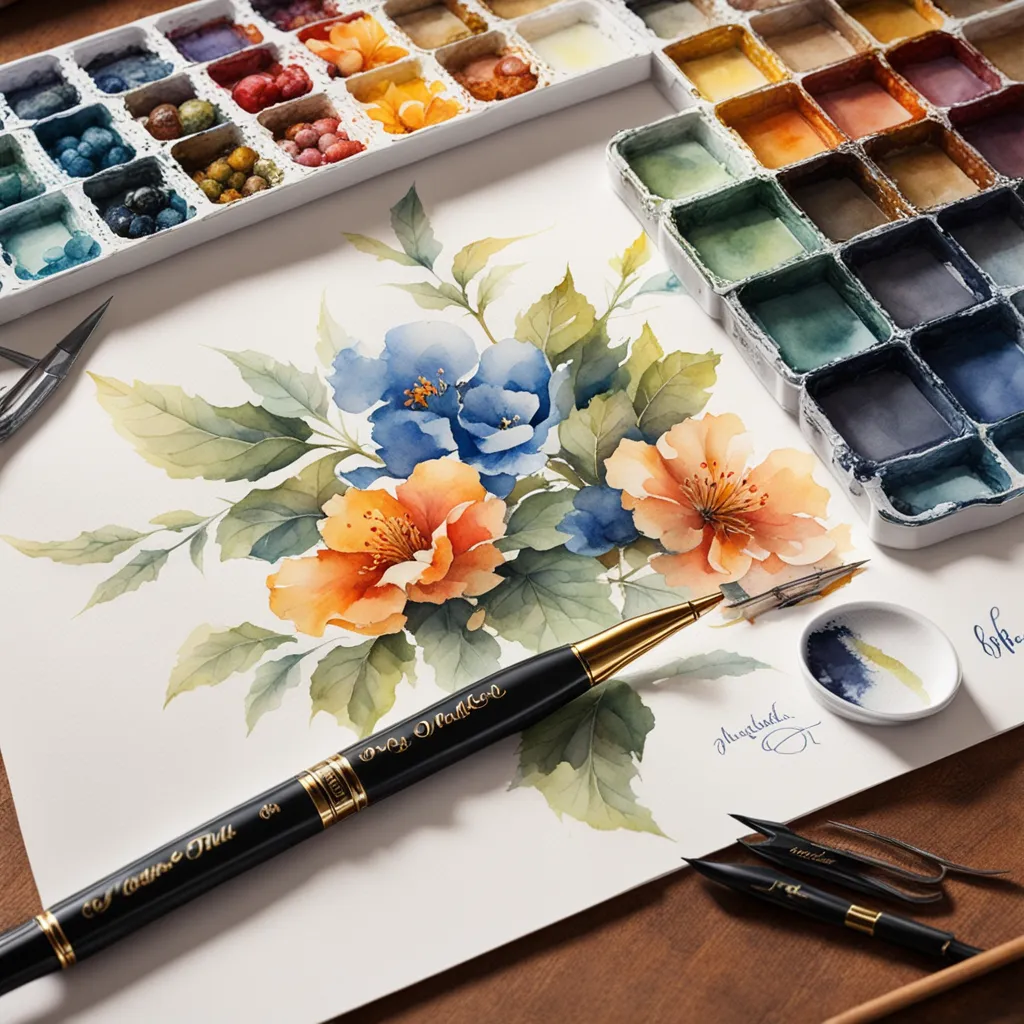The Art of Calligraphy: Techniques and Tools
In a world dominated by digital communication, the timeless art of calligraphy stands out as a beautiful testament to the elegance of handwritten expression. As someone who stumbled upon this art form during a quest for a creative outlet, I've discovered that calligraphy is not just about creating letters but also about the meditative process and the joy of seeing ink gracefully flow on paper. Let's delve into the art of calligraphy, exploring techniques, tools, and the unique charm it brings to personal expression.

Getting Started: Finding Your Pen and Paper
Choosing the Right Tools
Starting your calligraphy journey begins with selecting the right tools. Traditional calligraphy pens, whether dip pens or fountain pens, offer precision and flexibility. Personally, I found a dip pen's versatility allowed me to experiment with various nibs and inks, discovering the combination that felt most comfortable.
Exploring Different Papers
The type of paper you choose plays a significant role in calligraphy. Smooth and heavyweight papers prevent ink bleed and feathering, providing a clean surface for your intricate lettering. Through trial and error, I found that experimenting with different papers allowed me to understand the impact they have on the final outcome of my calligraphy projects.
Basic Calligraphy Techniques
Mastering the Strokes
Calligraphy is built on fundamental strokes that form the basis of each letter. Downstrokes, upstrokes, and loops create the unique flow and style of calligraphy. Practice these basic strokes to build muscle memory and control. I vividly recall the satisfaction that came with the gradual improvement of my strokes, transforming seemingly simple lines into intricate patterns.
Understanding Letterforms
Each calligraphic style has its own set of letterforms. Whether you're drawn to the classic elegance of Copperplate or the bold strokes of Gothic, understanding the structure of letters is essential. I found inspiration in copying and studying different calligraphy styles, eventually incorporating elements into my own unique script.
Developing Your Style: Patience and Practice
Embracing Imperfections
Calligraphy is an art that celebrates imperfections. The subtle variations in strokes and the organic flow of ink add character to your work. I learned to appreciate the beauty of imperfections, understanding that they contribute to the uniqueness of each piece.
Consistent Practice
Like any skill, calligraphy improves with consistent practice. Setting aside dedicated time for practice sessions allowed me to witness tangible progress. Whether it's a daily warm-up or working on specific letterforms, regular practice is the key to mastering the art of calligraphy.
Beyond the Basics: Creative Exploration
Experimenting with Colors and Flourishes
Once you've grasped the basics, calligraphy becomes a canvas for creative exploration. Experiment with different ink colors, blend shades, and add flourishes to enhance your lettering. I found joy in adding my personal touch to each piece, using vibrant inks and playful flourishes to infuse character into my creations.
Creating Personal Projects
Calligraphy extends beyond practice sheets; it's about expressing your thoughts and creativity. I began incorporating calligraphy into personal projects like hand-lettered quotes, greeting cards, and even customizing gifts for friends. The sense of accomplishment in sharing these creations added a deeper layer of satisfaction to my calligraphy journey.
Conclusion: A Timeless Craft
In conclusion, the art of calligraphy is a timeless craft that invites you to slow down, appreciate the beauty of handwritten expression, and infuse your unique style into every stroke. As you embark on this artistic journey, remember that each pen stroke is an opportunity for self-expression and creative exploration. Happy lettering!







